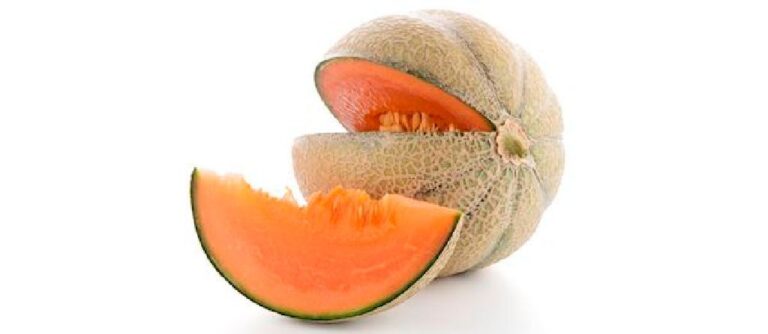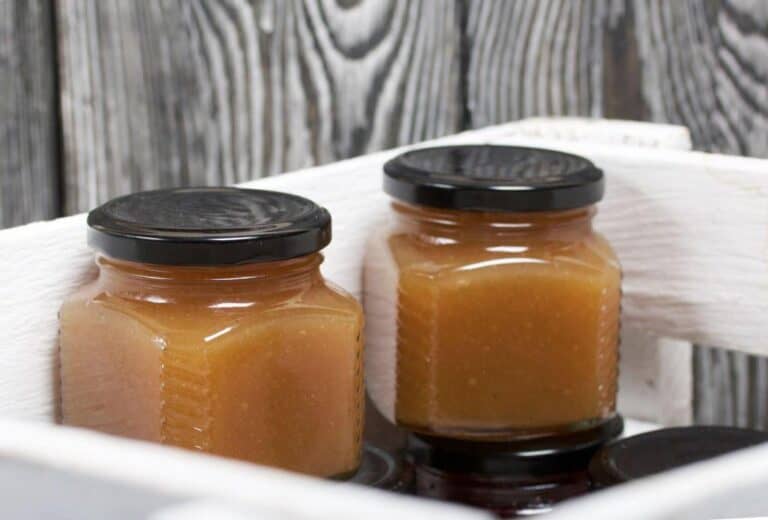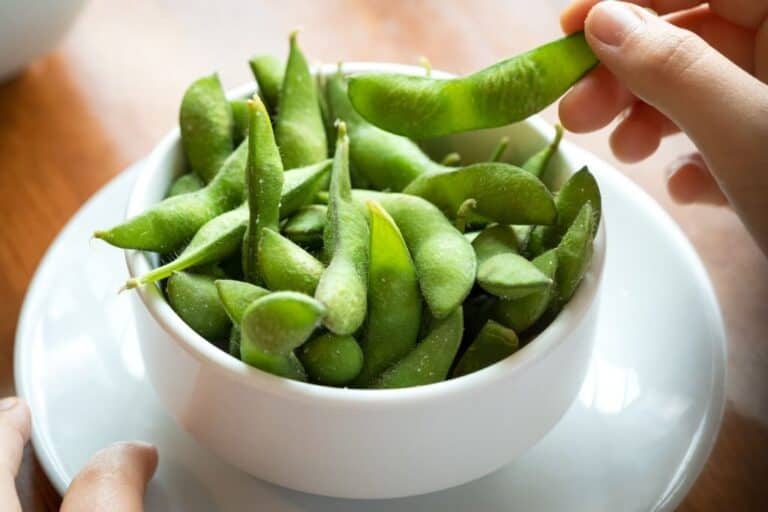What Does Snapping Turtle Taste Like? Discover the Unique Flavors of Turtle Meat
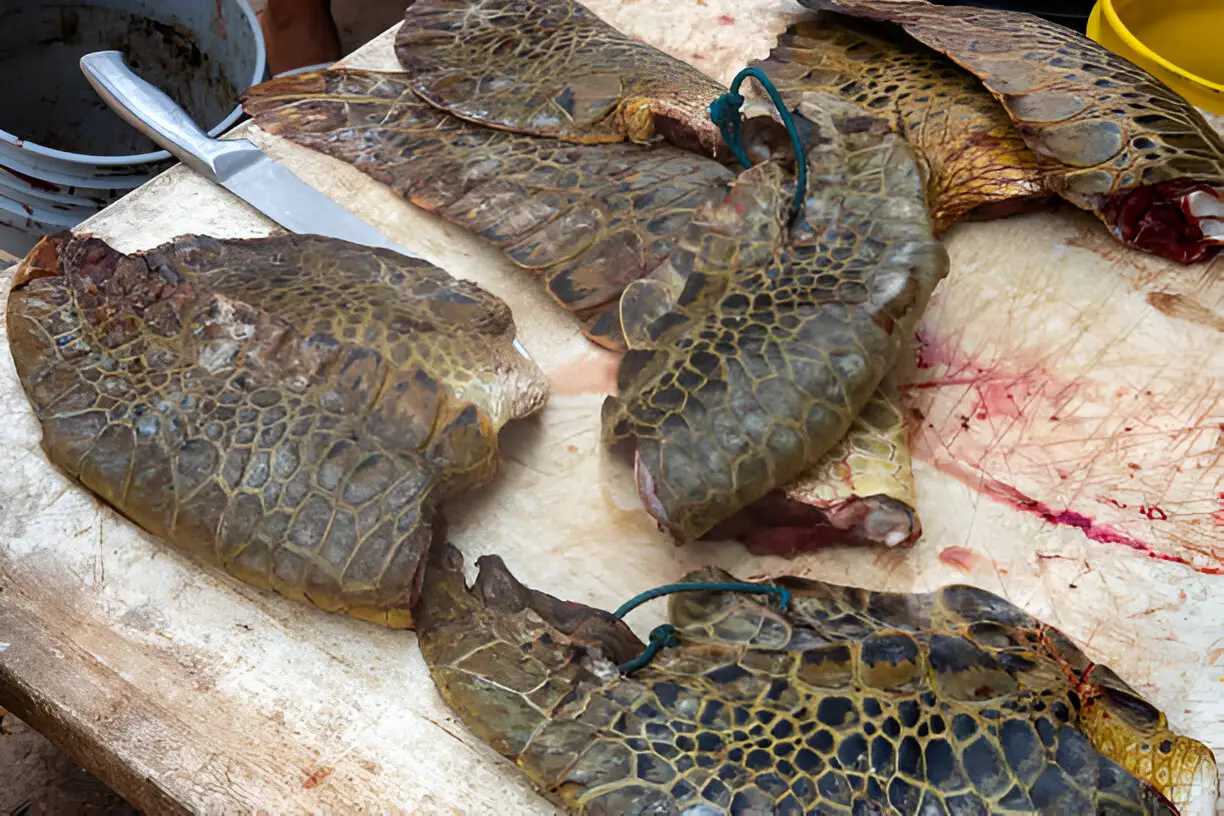
When I first set out to try snapping turtle, I had no idea what to expect. Turtle meat wasn’t exactly something I had been exposed to in my everyday cooking repertoire. But after hearing stories about its unique taste and how it could rival some of the finest game meats, I knew I had to give it a shot.
Let me take you through my culinary journey into the world of snapping turtle, exploring its flavor, texture, and how to prepare it for a one-of-a-kind dish.
The Intrigue of Snapping Turtle Meat
Snapping turtles, the slow-moving creatures that inhabit freshwaters, aren’t something you typically think of when it comes to dinner. But across many cultures, especially in places like the southern United States and Asia, turtle meat has been considered a delicacy for centuries.
After all, this isn’t your typical backyard pet. The meat from a snapping turtle is rich in history and tradition, with roots in hunting, fishing, and even survivalism. And though I was initially skeptical, once I tasted it, I understood why turtle meat had earned its place in kitchens around the world.
Snapping Turtle Meat: Texture and Flavor
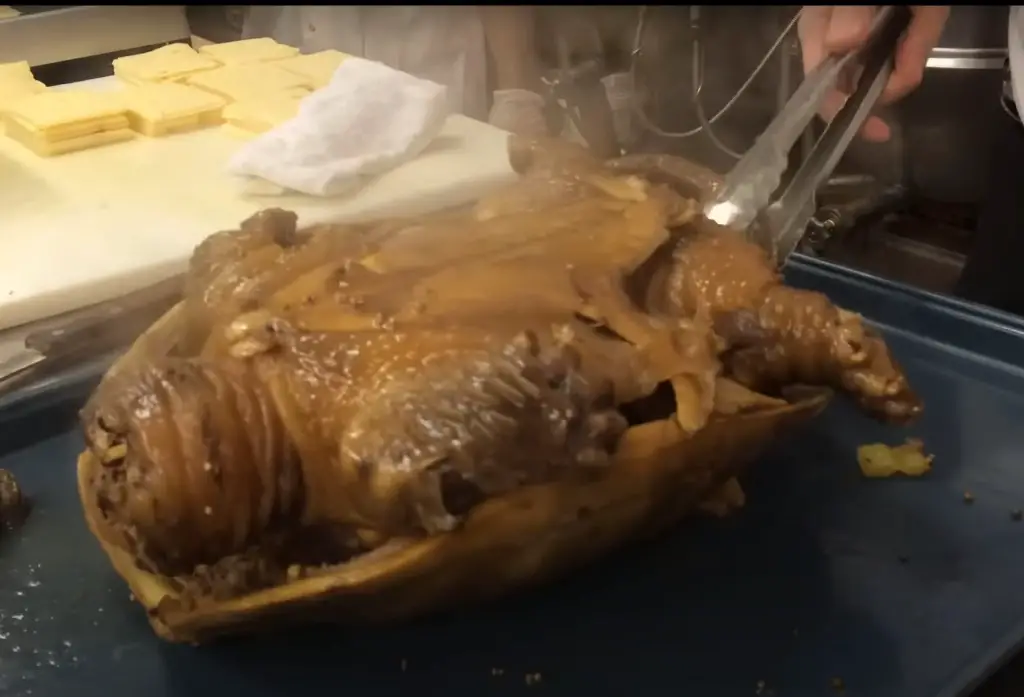
Now, let’s get into the nitty-gritty: what does snapping turtle taste like?
Flavor
Turtle meat, in general, has a flavor that’s often described as a mix of chicken, fish, and beef. When prepared properly, it offers a unique and surprisingly mild taste. Unlike other game meats like venison or wild boar, snapping turtle doesn’t have that “wild” taste that can sometimes be overpowering. Instead, the meat is subtly rich with a slightly earthy undertone.
But there’s more to the story. I found that different parts of the turtle provide different flavors. The white meat—typically from the legs and the tenderloin—tastes somewhat like chicken breast, but it has a more delicate and finer texture. It’s almost as if you’re biting into a perfectly cooked piece of poultry with a bit more depth. Meanwhile, the dark meat, particularly from the turtle’s neck and thighs, has a richer, more intense flavor with a slight gamey edge, reminiscent of duck.
Texture
The texture of snapping turtle meat varies quite a bit depending on which part you’re eating. The white meat of snapping turtle is tender and flaky, while the dark meat is a bit denser and more muscular, akin to pork or even beef. I was taken aback by how tender it could be when properly prepared. In fact, the key to enjoying snapping turtle meat is all about how you cook it.
When you cook the meat low and slow—think braising, stewing, or slow roasting—it becomes incredibly tender, melting in your mouth with each bite. But if you’re not careful and overcook it, it can become tough and chewy, which isn’t very appetizing.
Where Is the Meat on a Snapping Turtle?
The meat on a snapping turtle is distributed in several areas of the body, and each part offers a unique texture and flavor. The tail is the most sought-after section, known for its tenderness and rich taste. Many people find this meat to be the most enjoyable and prefer it for dishes like turtle soup or stew. The tail’s firm yet delicate texture makes it stand out among the other parts.
Next, the neck of the turtle also holds a fair amount of meat. While the meat in this area is still tender, it tends to be slightly tougher than the tail. It can be a bit more challenging to work with, but it’s still prized for its rich, savory flavor. For those who enjoy the process of slow cooking, the neck meat can offer a rewarding texture after a long braise.
The legs of the snapping turtle contain meat that’s a bit tougher, yet still perfectly edible. While it may not be as tender as the tail or neck, it can be used in hearty dishes that require more time to break down the muscle fibers. Many people find that the legs add a satisfying chew to their meals.
Regardless of which part you use, each area of the turtle offers a distinct taste experience, with the tender tail being the star of the show.
Preparing Snapping Turtle Meat for Cooking
Now that we’ve covered the flavor and texture, let’s talk about preparing snapping turtle meat. It’s not a difficult process, but you do need to pay attention to a few details.
1. Cleaning and Prepping the Turtle
- Cleaning the shell: First things first, if you’ve hunted and harvested a snapping turtle yourself, you’ll need to clean it thoroughly. This can be quite an adventure. Some people like to remove the meat right from the turtle’s shell, but for the best flavor and texture, I’ve found it’s worth the effort to skin and clean the meat properly.
- Removing the meat: The meat you’ll be using mostly comes from the legs, the neck, and a few other parts. The legs are where the most tender, white meat is, while the darker meat comes from the neck and body.
2. Marinating the Turtle Meat
- You wouldn’t think it, but marinating snapping turtle meat makes a world of difference. I always recommend using a simple marinade of vinegar, lemon, and herbs to help tenderize the meat and bring out its natural flavors. This step also helps reduce any slight “earthy” taste that might linger in the meat.
- Let the meat sit in the marinade for at least a couple of hours, or even overnight if you have the time. This helps the flavors soak in and ensures that the meat stays juicy and tender when cooked.
3. Cooking Methods: From Stews to Roasts
- Slow-cooked stews: One of my favorite ways to cook common snapping turtle is by making a hearty turtle stew. Cooking it low and slow in a big pot with some vegetables, herbs, and stock really lets the flavors shine. The slow cooking process breaks down the tougher parts of the meat and makes it incredibly tender.
- Grilled or roasted: You can also roast or grill the meat, but remember, this is trickier and requires careful attention to avoid overcooking. I prefer grilling the legs after marinating them and then finishing them with a glaze of honey and mustard for a delicious sweet-savory combo.
- Fried turtle nuggets: Another great way to prepare snapping turtle is to fry the meat. If you’re looking for a more casual or finger-food type meal, cut the turtle meat into bite-sized nuggets, bread them, and deep fry. The crispy texture on the outside and the tender meat inside makes for a divine dish.
4. Pairing with Sides and Sauces
- When it comes to pairing sides, think of earthy flavors that complement the richness of the turtle meat. Roasted root vegetables, collard greens, or even a creamy potato dish works wonders. For sauces, a tangy lemon butter sauce or a spicy cajun sauce can add that extra punch that brings the meal together.
The Verdict: Is Snapping Turtle Worth It?
So, after all is said and done, what’s the final verdict? Is snapping turtle worth trying? Absolutely, but it all depends on your taste preferences and how adventurous you are in the kitchen.
If you’re someone who loves trying new and unusual dishes, snapping turtle is worth a shot. It’s not for everyone, but the flavor is much more approachable than you might think. It has a unique mix of flavors that are unlike anything else I’ve tasted before—think of it as a culinary adventure, with each bite telling a story of tradition, hunting, and slow-cooked goodness.
If you’re a fan of game meat, enjoy experimenting with flavors, or love the idea of bringing a bit of history into your meals, then snapping turtle might just be your next great culinary find.
Final Thoughts: Taste is an Adventure
I’ll leave you with this: food is meant to be an adventure, and sometimes, the most unexpected ingredients are the ones that surprise you. While snapping turtle may not be something you cook every day, it’s certainly a dish that has a story to tell.
Whether you’re preparing it in a stew, frying it up, or slow-cooking it to perfection, snapping turtle offers a flavorful experience that’s hard to beat. It’s the kind of dish that makes your taste buds sit up and pay attention—an experience I think any adventurous cook would love to try.
So, next time you find yourself standing at the grocery store or farmers’ market, or even at the dock with your catch of the day, why not take the plunge and try something new? You might just discover your next favorite dish.




